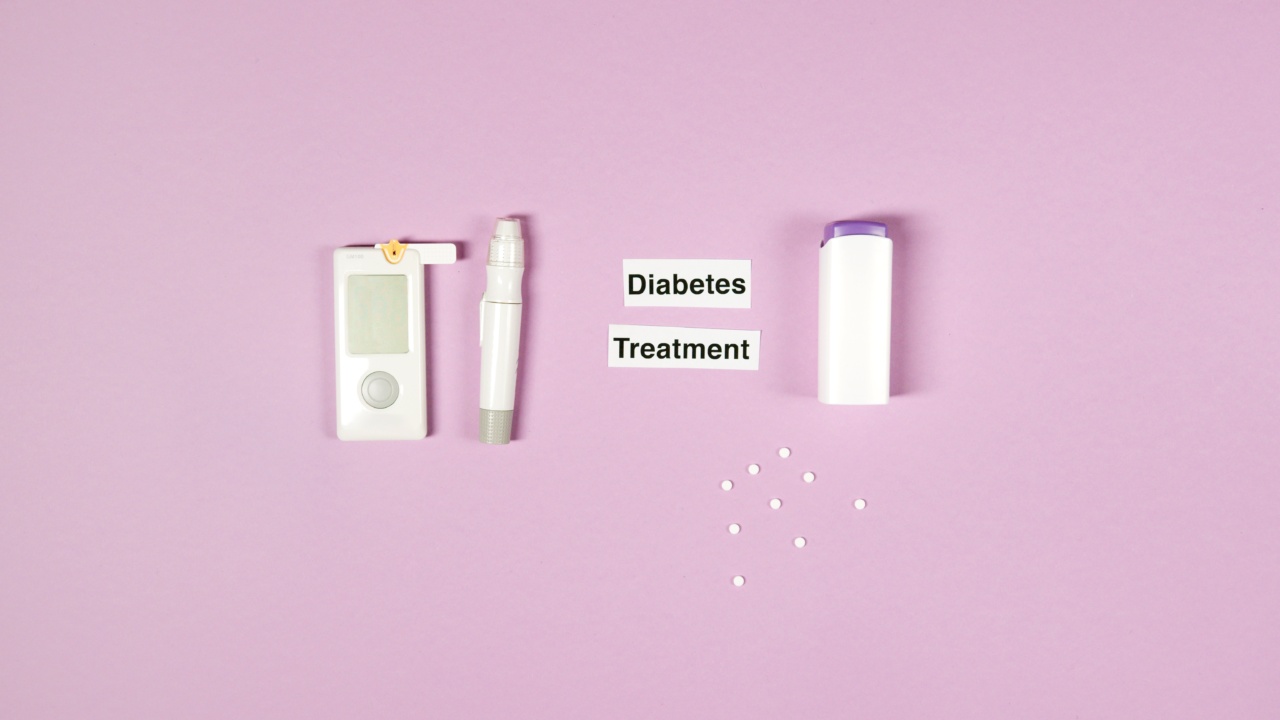Autism Spectrum Disorder (ASD) is a complex neurological disorder that affects an estimated 1 in 59 children in the United States.
Early diagnosis and treatment of ASD is important to help affected individuals and their families receive the appropriate interventions and support to improve outcomes. However, current diagnostic tools for ASD are limited in their accuracy and timeliness. Recently, a new blood test for autism has been developed that could revolutionize the diagnosis of ASD, providing hope for more timely and reliable diagnosis.
Current Diagnostic Tools for ASD
Currently, there are several diagnostic tools used to identify ASD including observation, questionnaires, developmental assessments, and genetic testing. However, these tools have limitations in their accuracy and timeliness.
Observation and questionnaires rely on subjective interpretation, which can be influenced by the experience and training of the administrator. Developmental assessments can only identify developmental delays, rather than ASD specifically.
Genetic testing can be helpful in identifying certain genetic mutations associated with ASD, but these mutations only account for a small percentage of cases.
The Need for Timely and Reliable Diagnosis
Early diagnosis is critical for individuals with ASD, as it allows for the initiation of treatments and interventions that have been shown to improve outcomes.
Research has shown that early intervention can lead to significant improvements in language, socialization, and cognitive skills in children with ASD. However, delays in diagnosis can lead to delayed treatment and poorer outcomes for affected individuals.
Additionally, timely diagnosis of ASD can also provide parents and caregivers with much-needed support and resources to manage the challenges associated with the disorder.
The New Blood Test for Autism
A new blood test for autism has been developed that could revolutionize the diagnosis of ASD. The test is based on the measurement of specific metabolites in the blood that have been linked to ASD.
Metabolites are small molecules produced by metabolic processes in the body. Researchers have identified a panel of metabolites that are consistently altered in individuals with ASD, providing a potential biomarker for the disorder.
How the Blood Test Works
The blood test for autism involves a simple blood draw, which is then analyzed for the panel of metabolites associated with ASD. This analysis can be completed in a matter of days, providing a more timely diagnosis.
The test has been shown to be highly accurate, with a reported sensitivity of 90% and specificity of 96%. The high accuracy of the test reduces the likelihood of false-positive or false-negative results.
The Potential Benefits of the New Blood Test
The new blood test for autism has the potential to provide several benefits over current diagnostic tools. First, the test can provide a more objective and accurate diagnosis, reducing the influence of individual subjectivity.
Second, the test can provide a more timely diagnosis, allowing for earlier initiation of treatment and interventions. This could lead to better outcomes for affected individuals. Third, the test can potentially reduce the cost and time associated with current diagnostic tools such as observation and questionnaires.
The Future of Autism Diagnosis
The development of the new blood test for autism represents a significant advance in the diagnosis of ASD. However, the test is still in the early stages of development and further research is needed to validate its accuracy and utility.
Additionally, the use of the test may be limited by factors such as cost and accessibility. Nevertheless, the potential benefits of the test are significant and provide hope for more timely and reliable diagnosis of ASD.
Conclusion
The new blood test for autism provides hope for more timely and reliable diagnosis of ASD. Early diagnosis of ASD is critical for improving outcomes and providing support for affected individuals and their families.
The new blood test could provide a more accurate and objective diagnosis, reducing the influence of subjectivity and providing more timely initiation of treatment and interventions. While further research is needed to validate the test’s accuracy and utility, the potential benefits are significant.





























